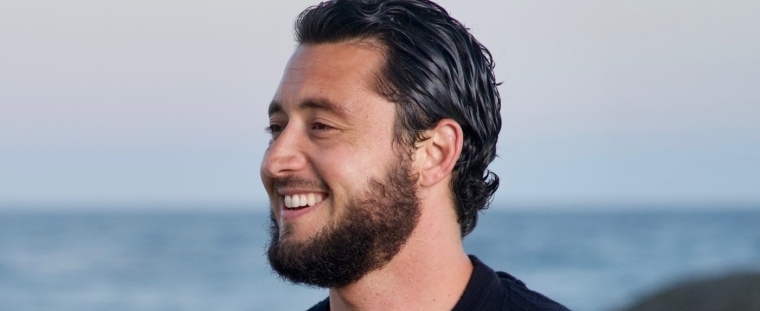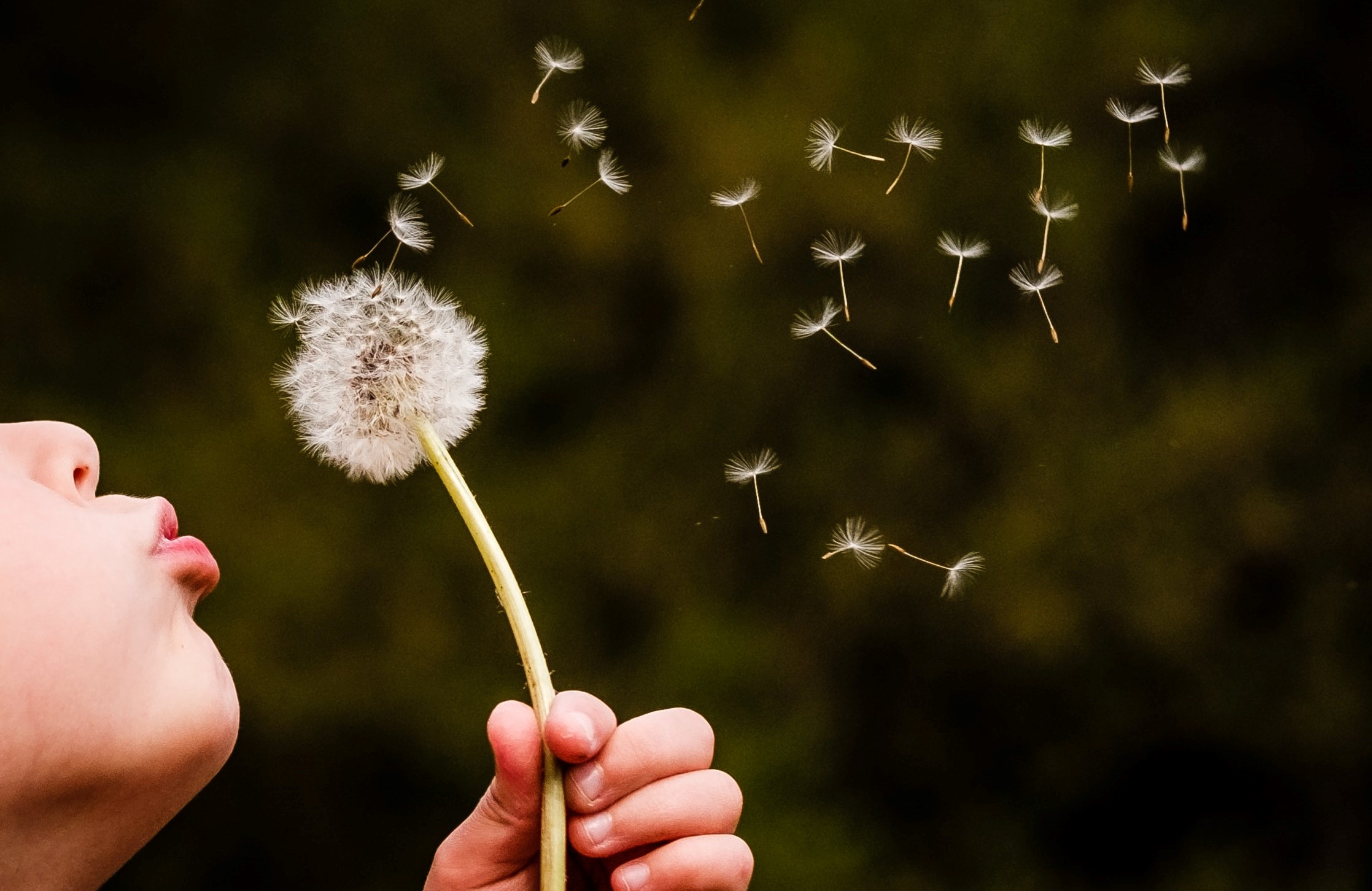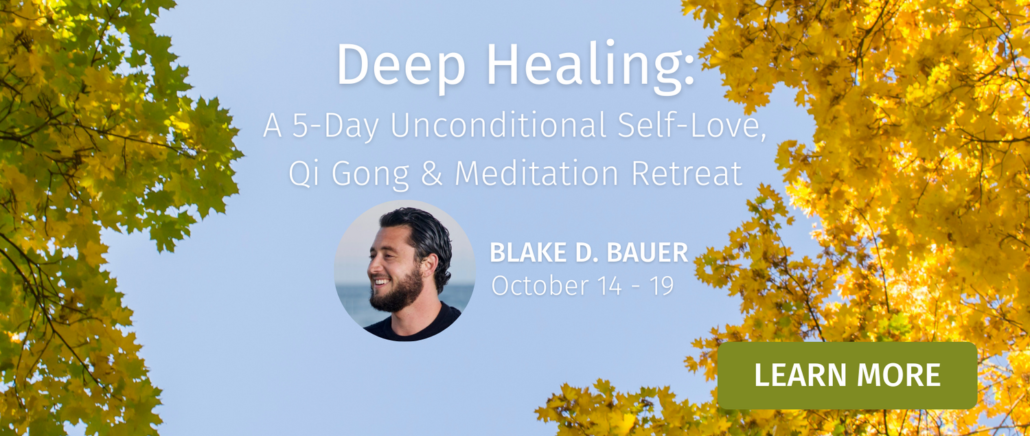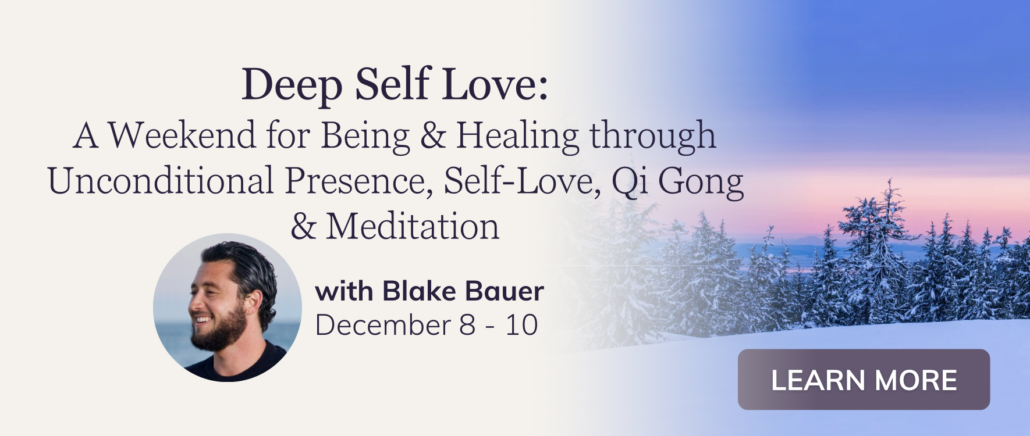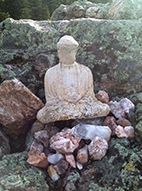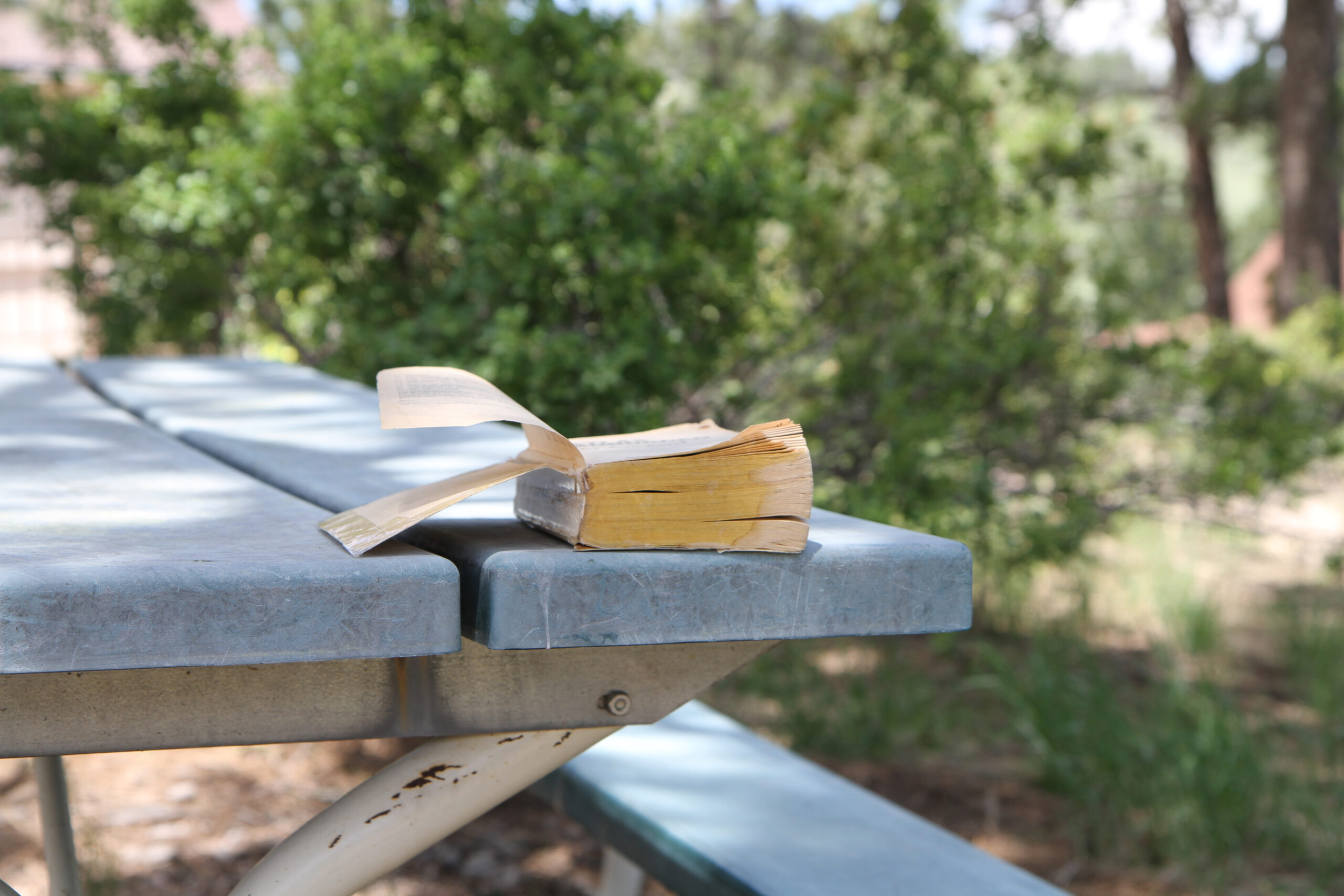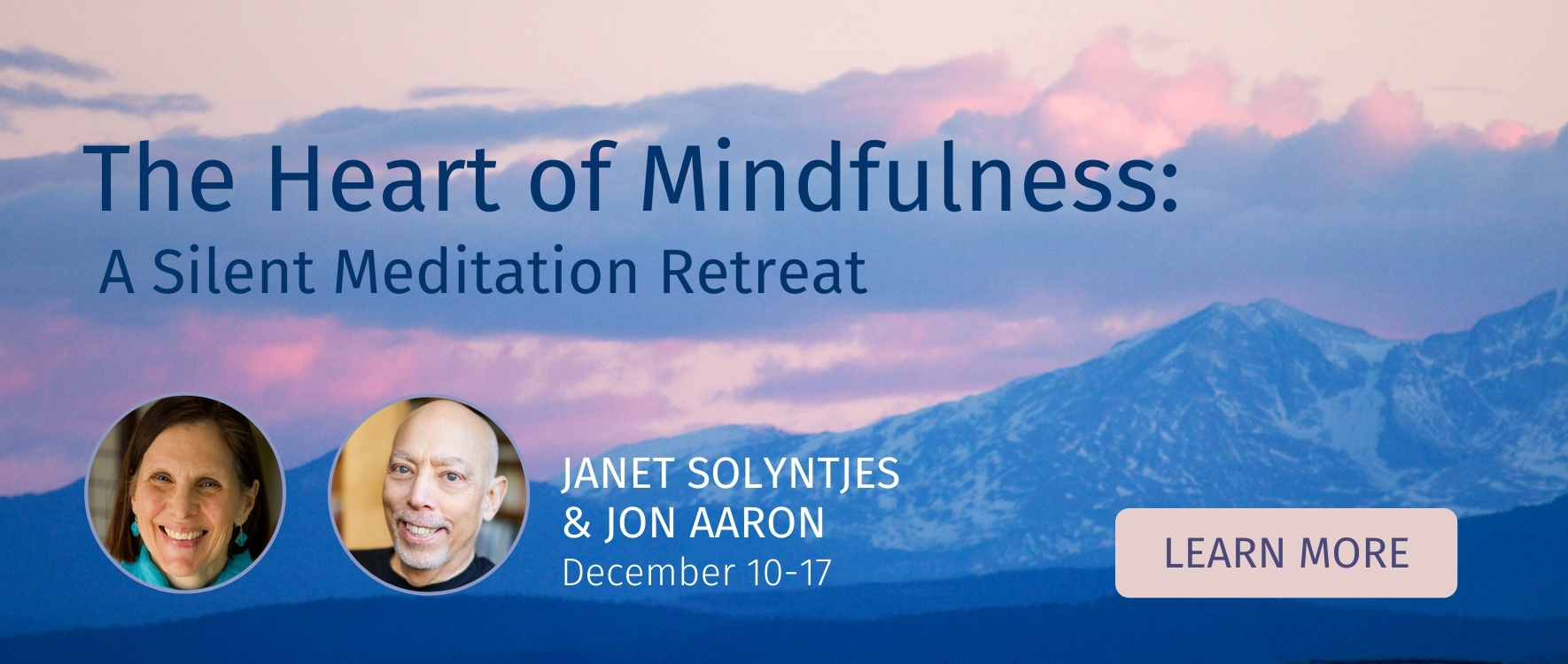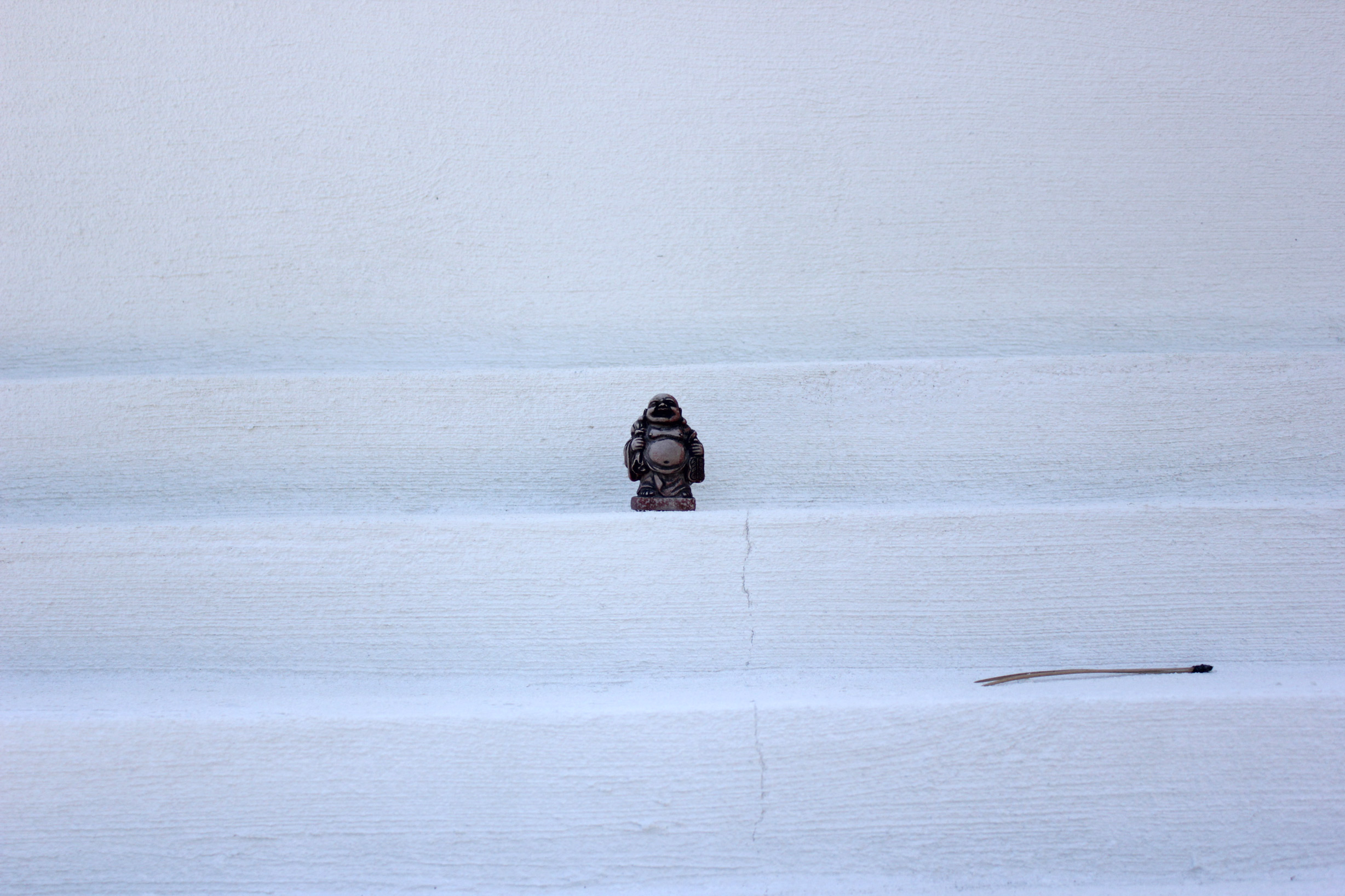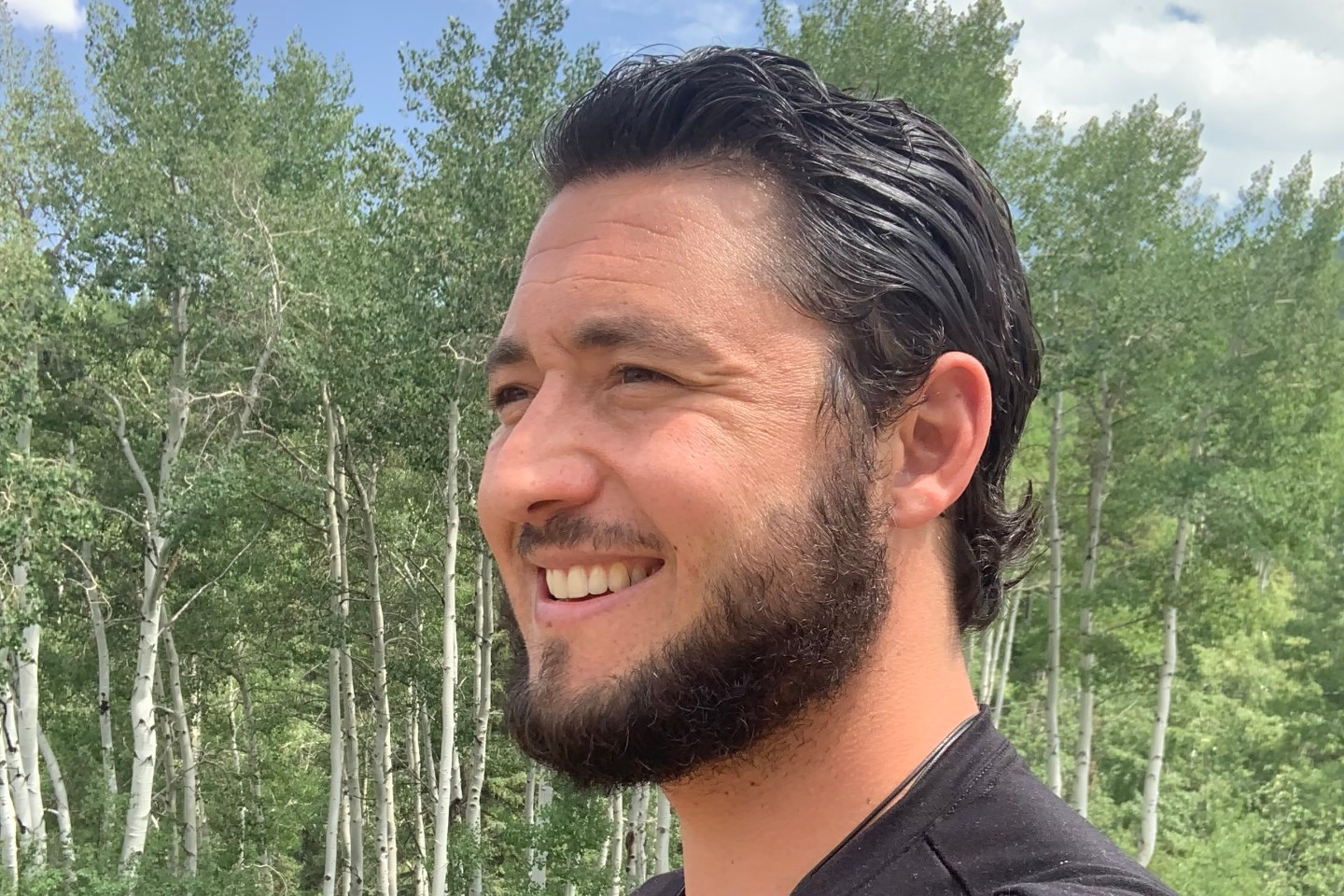Inhale Life Deeply and Slowly
By: Blake D. Bauer
Excerpt from the international bestseller You Were Not Born To Suffer, By Blake D. Bauer
The mind can go in a thousand directions, but on this beautiful path, I walk in peace. With each step, the wind blows. With each step, a flower blooms … Smile, breathe and go slowly.
Thich Nhat Hanh
If we can learn to be present to our breath in any given moment, we can find our way back to the strength, peace and love that already exist within us. Although we tend to overlook it, each inhalation offers a pathway down into the depths of our being, where unlimited space and stillness are always patiently waiting. Our breath is an anchor that has the power to keep us centred during the most turbulent of times. Regardless of how strong a thought or emotion is in our moment-to-moment experience, we’ll always find a wealth of joy and clarity below these mental and emotional waves. Through our breath we can immediately step out of illusory thoughts about the past and future into the truth of life in the here and now. If we can intentionally practise dropping our awareness out of our head, by following our breath deep into our body, we can find acceptance, harmony and courage in any moment or situation.
The primary reason why most of us typically breathe at very shallow depths, specifically into our throat and upper chest, is because we’ve repressed and stored so many uncomfortable emotions deep within our body that we now fear feeling. However, by consciously focusing our attention on breathing slowly, deeply and fully, specifically into our belly, back and lungs, we can allow the energy that’s become trapped in our head as confusion and obsessive thinking, as well as the energy that’s trapped in our heart as anxiety and stress, to literally melt, drop and fill our body in a balanced and harmonious way. Truly to find the space, peace and stillness that exist deep within us, we must eventually make the challenging but necessary journey from our head down through our heart, into the very deepest parts of our being. At some point in our quest for lasting happiness and fulfilment, we must find the courage to feel all of the hurt, anxiety, anger, insecurity, fear, guilt and shame that we’ve shoved so deeply into the cells, organs and spaces that make up our physical body. The more deeply we breathe, the more deeply we feel, and it’s only through feeling life deeply and fully that we can truly heal our body, heart and mind completely. In fact, there is a direct correlation between the fullness of our breath and the fullness of our lives, because we can only live our lives as fully as we’re prepared to inhale the life force itself. In simple terms, the more fully we inhale the life-giving energy of oxygenated breath, the more we actually enjoy being alive each day.
If you correct your mind, the rest of your life will fall into place.
Lao Tzu
When we breathe in a shallow or anxious way, we not only allow our old emotional wounds to fester and become toxic, but we also allow ourselves to create additional pain on top of the unresolved emotions within us. When we look at the process of breathing in this light, it becomes clear that each moment actually offers us an opportunity to heal and be free by making a conscious choice to focus on inhaling life slowly, deeply and as fully as we can. We all know that human life would not be possible without oxygen, so if there’s one thing that holds the power to give us more life and vitality than any other factor in our experience, our breath is by far the one. This is why intentionally breathing into every space inside our belly, back, chest and shoulders (gently, without forcing it) empowers us to fill these areas with the life-giving and life-healing energies that are infinitely available, everywhere, all of the time.
Through focusing our attention on inhaling deeply and slowly, we simultaneously allow our awareness to expand beyond our head so that it may fill every cell and corner of our being. The natural by-product of this process is a deep, tangible understanding of our unity with the ocean of energy and oxygen that fills all of the spaces and environments around us. Simply through breathing in life as gently and fully as possible, we begin to remember that we’re not separate from anyone or anything that exists. Through mindful, deep breathing we eventually reawaken to our oneness with the universe and all life, and we also rediscover the infinite potential energy and life-giving force that exists in every particle, atom and molecule that surrounds us and gives form to our being.
All of us tend to make life much more difficult than it needs to be, mainly because we reject so much of what we think and feel. Then, we reactively say things and do things from a defensive place, which tends to create more hurt and separation. I think we all know that life is hard enough at times without us creating more pain or stress. I’ve come to realize that the emotional pain that we do everything in our power to avoid just continues to build up over time, making life feel much harder than it could be once we learn to welcome, make space for and express all of what we feel. For those of us who grew up feeling unloved, misunderstood or unsupported, life is indeed challenging while we’re learning to love, honour, value and support ourselves. Thankfully, however, life actually becomes significantly easier when we stop resisting the flow of energy and emotion as it pulses throughout our being here in the present moment. In fact, once we learn to surrender fully to whatever we’re thinking, feeling or experiencing, we naturally release our inner fight and accept whatever is occurring both within us and around us without struggling much at all.
Once you realize that the road is the goal, and that you are always on the road, not to reach a goal but to enjoy its beauty and its wisdom, life ceases to be a task and becomes natural and simple. In itself an ecstasy.
Nisargadatta Maharaj
It could be said that the single most important key to health and happiness is to master inhaling life deeply and slowly, because through intentionally cultivating this practice daily we can accept life as it is and allow life to unfold organically and enjoyably through every thought, emotion and experience. Personally, I have found that underneath all of my thoughts and emotions there is an ever-present source of peace and vital energy, and through consciously choosing to follow my breath deep into my body, I can find my way back to the inner freedom I desire in any moment or situation. As we welcome our experiences fully through our breath in each moment, we become one with our experience and thus quite effortlessly put an end to a significant amount of our suffering. By opening to life with each breath rather than contracting, we organically accept our unity with all that exists. As a direct result, the pain we’ve felt from feeling isolated, insecure, mistreated or unloved eventually melts away into the loving silence from which it came, and all we’re left with are the joy and bliss of simply being alive.
Simple Deep-Breathing Meditation Practice
One of the most effective ways to cultivate ease and total acceptance of life in each moment and situation is through the following practice:
- Gently place your tongue on the roof of your mouth. This connects two major energy channels/meridians in the body (used in traditional Chinese/Oriental medicine), which, once linked, create a harmonious, balanced and continuous flow of energy throughout the body.
- Then, with your eyes either open or closed, depending on where you are and what you’re doing, please inhale slowly, deeply and fully through your nose with the intention of filling your belly and lower back first, and then your chest, your upper back and your shoulders. You may even continue on and fill your throat and your head before exhaling slowing and gently out through your nose as well.
- If for some reason your nose is clogged, you may inhale and exhale through your mouth. However, breathing through your nose for this practice is infinitely more effective in leading you to the peace, stillness and space deep inside your body.
- When you notice your mind wandering while you
are doing this practice, please simply say ‘thinking’
to yourself, and then bring your attention and your awareness back to your body and your breath. When you find yourself thinking about anyone or anything, or talking to yourself in any way, very gently just bring your focus back to inhaling slowly, deeply and fully. - Please do not judge, fight or resist any of your thoughts or emotions. Simply and kindly say ‘thinking’ when you notice you are not aware of your body or your breath and then shift your attention back to inhaling slowly, deeply and fully.
- In any moment, you can consciously choose to come back to your body and your breath, and in so doing, you will always find deep peace, space and stillness underneath all of your thoughts and emotions.
- Give yourself permission to let go and relax. Allow your body to open and release any stress or tension you’re holding. Allow your breath to melt and heal any blocks or pain that you feel in your body.
- Repeat this practice as often as you can throughout the day. It can be done sitting, standing or lying down for as long as you’d like. This practice is also great in the morning to wake you up as well as in the evening to relax your body, heart and mind.
- Additional step: If you would like to take this meditation practice deeper, the following points will offer you structure and guidance to do so. Before you begin,
I highly recommend finding a quiet place to sit where you will not be disturbed.
• Creating time and space for a consistent meditation practice: Each time you practise your meditation, please decide on a specific amount of time you feel comfortable committing to your practice. I recommend beginning with 10 minutes at first and then increasing your practice by 10-minute intervals each week until you can sit in meditation comfortably for 30–60 minutes. Please also find an alarm on your clock, watch or phone that you can use and set so that you’re not constantly checking the time. Once you set the alarm and begin your practice, try not to check the time until the alarm goes off. Constantly checking the clock is just another subtle way of distracting ourselves from the present moment. Also, please put your phone(s) on silent so you won’t be disturbed. Lastly, I highly recommend creating a consistent meditation practice in the morning before you leave your house, because it is the best way to create your day from a place of peace, positivity and clarity. Also, your thinking habits in the morning are the energy with which you create your day. So if your mental energy is all over the place, you will feel stressed, fragmented and spread thin. Conversely, through a simple short morning meditation, you can harness your thoughts and mental energy and then focus effectively on what you want to, need to and what feels good for you.
• Effective meditation posture: Whether you practise on a chair, bench, couch, meditation cushion or floor, please make sure you are sitting up straight and that your posture feels centred and balanced. You can sit back in your chair if this feels most natural; however, please make sure you’re gently extending up throughout your spine so your vertebrae are not under too much pressure. At the same time, please relax all the muscles in your lower, middle and upper back so there’s no additional tension being created in your body. It’s also helpful to imagine a string attached to the crown of your head that’s gently pulling you up and taking the pressure off your spine. In regards to your head position, it’s best to look straight ahead and then very slightly tilt your chin down.
In regards to your legs and feet, if you are sitting on a chair, couch or bench, it’s best to have both feet flat on the floor, as this helps ground and balance the energy in your body. It’s also helpful to have your knees at a 90-degree angle so the energy and blood in your legs can flow freely. If your knees are too high above your pelvis, the energy and blood will get stuck around your hips and you’ll feel uncomfortable while practising your meditation. Thus, if you have long legs or are sitting on a small chair, this can be remedied by putting a pillow under you to boost you up a bit. If, on the other hand, your feet do not touch the floor for any reason, it’s helpful to put a pillow under your feet. If you’re sitting on the floor, or on a meditation cushion, it is best to have your legs crossed. Once again, it’s ideal to have your knees lower than your pelvis so the energy and blood can flow freely without getting stuck. Thus, if your hip- flexors and groin muscles are tight, it’s best to sit on a pillow or meditation cushion to ensure that your pelvis is higher than your knees.
In regards to the position of your hands, it is best to have them either palms down on your thighs or together in your lap in some way. If you have them together in your lap, I recommend gently interlacing your fingers. Ultimately, it’s important to find a position that feels good for you so you can remain still throughout your meditation practice.
• Eyes open versus eyes closed: The last key point to address in deepening your meditation practice relates to your eyes being either open or closed while you practise. Both approaches are very effective, and they both deserve equal attention. Practising with our eyes open is very important because it helps us cultivate our ability to ‘be in the world’ consciously without being reactive. Ultimately, we want to bring the peace found through meditation into our daily lives, so meditating with our eyes open helps us bring more presence, awareness and love into every moment, experience and relationship. Practising with our eyes closed is also important because it encourages us to go deeper into the peace, stillness, love and awareness within us. It is very nourishing to close off completely to the outside world and then dive deeply into our being.
When meditating with your eyes open, the best approach is to look down towards the ground about 4–6 ft (1.5–1.8m) in front of you. It’s best not to look at any one point in particular but rather to relax both your eyes and your gaze on the general area in front of you. When we fixate (‘zoom in’) on a particular point on the floor it’s the same as fixating on a thought in our mind, so any time you find yourself fixating on a spot or piece of dirt on the floor, please treat this experience as a thought, say ‘thinking’ to yourself, relax your gaze (‘zoom out’), and then return your awareness to your breathing and your body. When meditating with our eyes open, it’s best to direct 95 per cent of our awareness inwards and only 5 per cent outwards. The idea is to be visually aware of the 180-degree perspective in front of you while remaining fully aware of your body, breath and thinking processes as well. In the beginning, this technique can feel a bit awkward, but in time it becomes more natural and leads to extremely deep levels of peace and self-awareness.
When meditating with your eyes closed, simply close your eyes and follow the next step outlined below.
• Closing points: After finding the meditation posture that works best for you and setting your alarm, please follow steps one through seven from the simple deep- breathing meditation practice on pages 167–168. After inhaling and exhaling slowly, deeply and fully for a few minutes, please allow your breathing to become natural and uncontrolled. Then, rest your awareness on your breath so you can observe each inhalation and each exhalation while simultaneously feeling your whole body. In deepening your meditation, please focus on steps four through seven from the practice on pages 162–3, but allow your breathing to be completely natural and unforced. As described earlier, when you find your mind wandering and notice yourself thinking about anything or anyone, please say ‘thinking’ to yourself and then gently bring your attention and focus back to each inhalation and exhalation, and to feeling your whole body as you breathe.
In the end, there is no right or wrong way to practise your meditation. What matters is your commitment to (1) remaining present to all your thoughts, emotions and physical sensations, (2) feeling each breath come in and go out, and (3) welcoming everything that arises with loving-kindness, acceptance and compassion.
While deepening your meditation practice, it’s very helpful to know that physical irritation and discomfort often arise as blocks or sabotages to self-mastery and self-love. Most of us have a large amount of repressed psychological and emotional irritation and discomfort stored within us, which initially surfaces during meditation as physical agitation and restlessness before it can be healed. Thus, it is crucial to surrender and accept the physical discomfort that arises as you lengthen your practice, because this is the only way to heal the underlying emotional discomfort that needs to be liberated before you can find lasting inner peace and happiness. With this in mind, it is important to stay committed, persistent and patient with your meditation practice, even if agitation, irritation or discomfort arise.
Lastly, I highly recommend re-reading this particular chapter after you’ve practised the meditation a few times. It will continually offer guidance and clarity as you master loving yourself unconditionally and come home fully to life in the present moment.
JOIN BLAKE AT DMC!
About the Author: Blake D. Bauer
